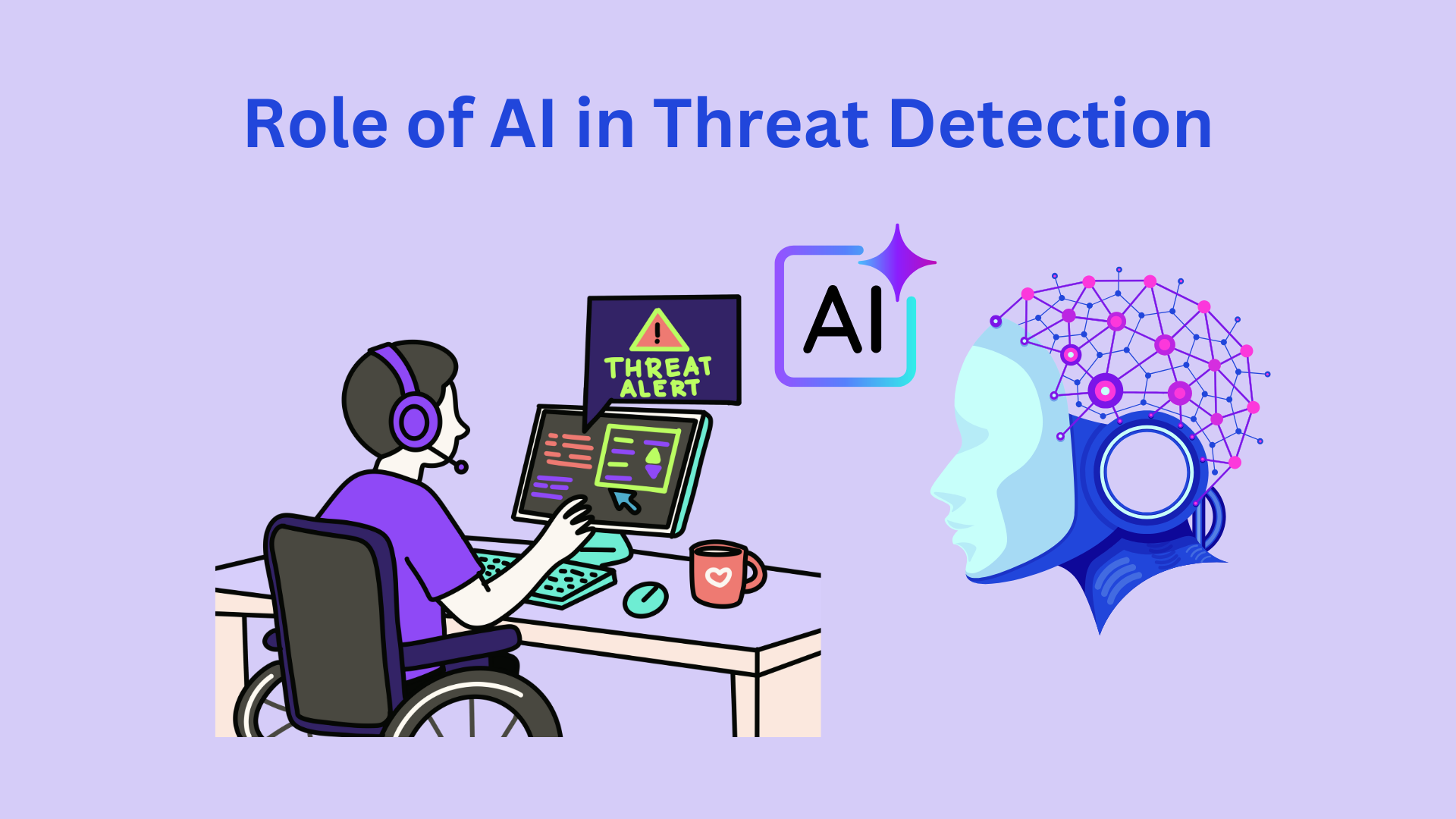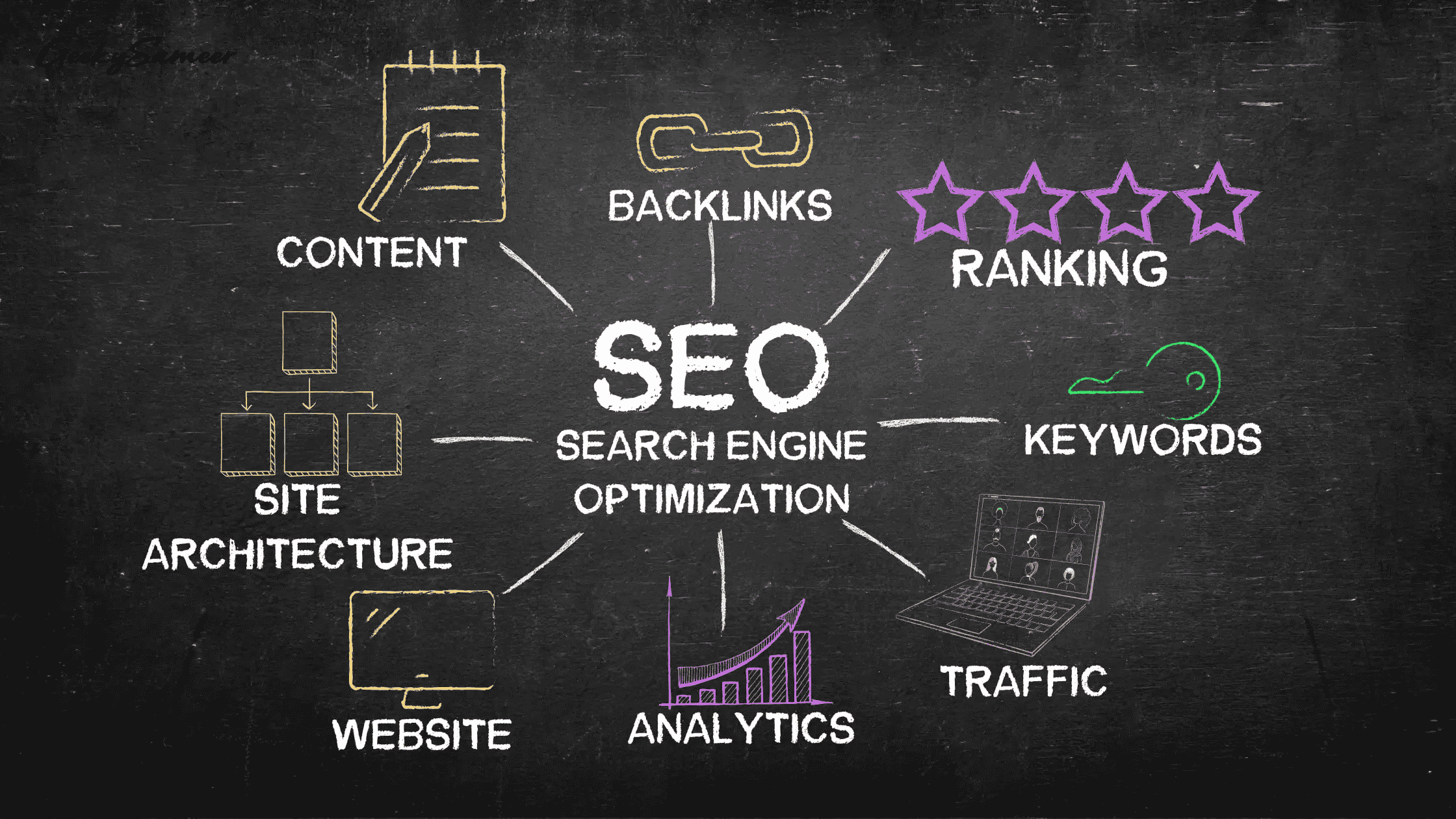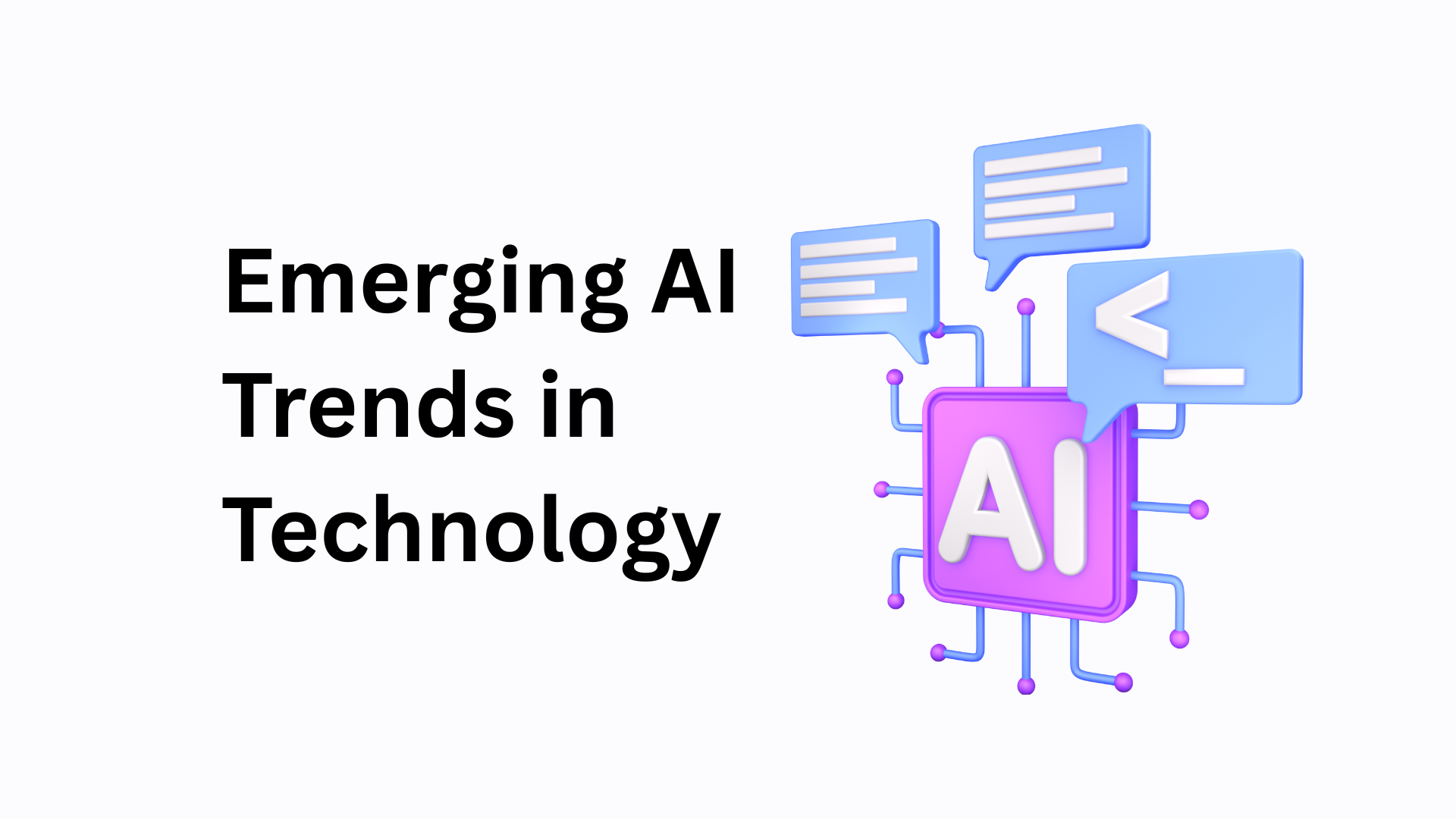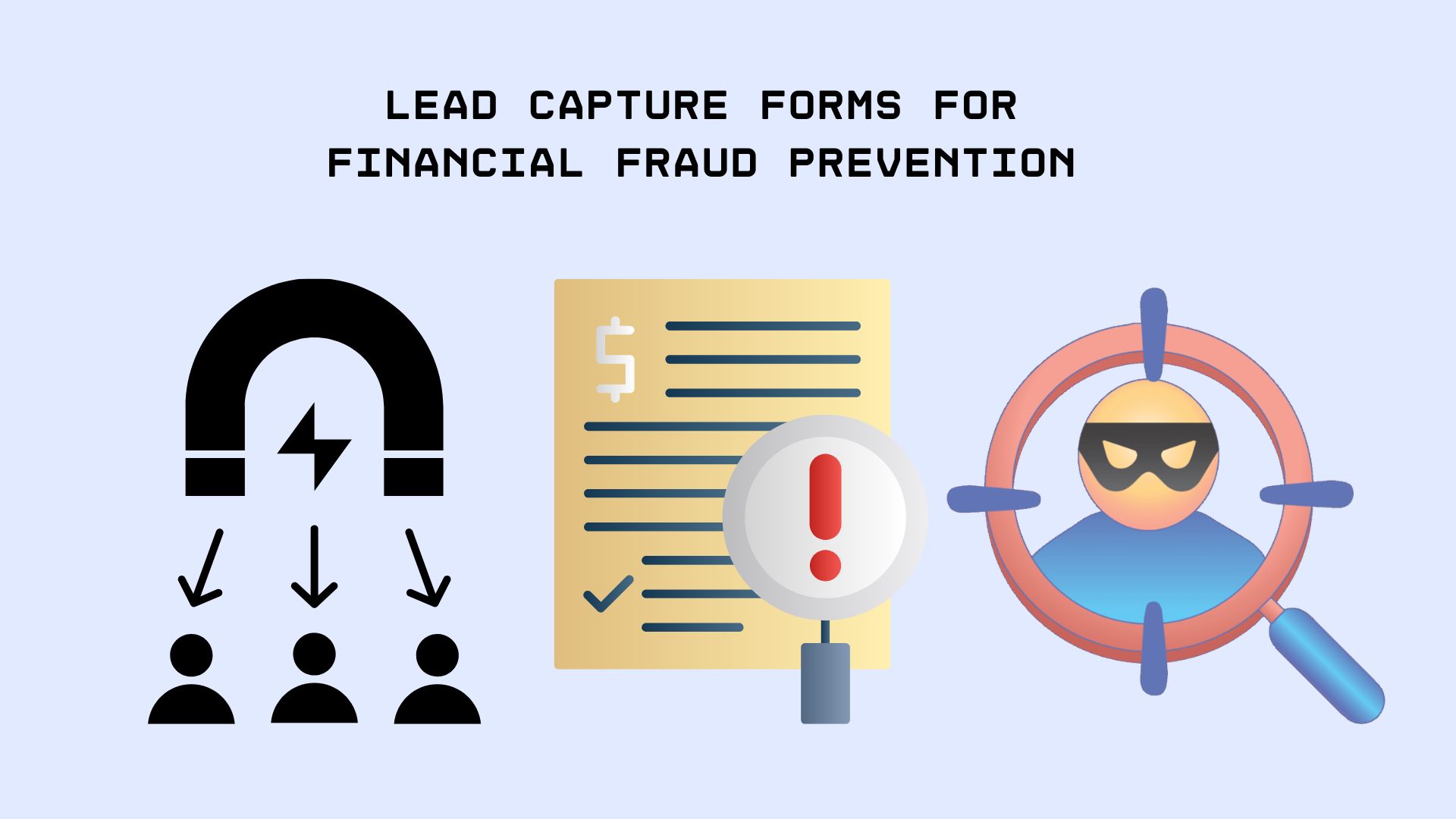The Role of AI in Enhancing Cybersecurity Measures for Personal Devices
Cyber threats are everywhere these days, and personal devices often take the biggest hit. Phones, laptops, and tablets carry sensitive data. Yet, hackers keep finding clever ways to break in.
From phishing scams to malware attacks, the risks never seem to end.
Here’s where artificial intelligence excels. AI tools now detect dangers faster than ever before by identifying patterns humans might miss.
This blog will examine how AI can safeguard your devices more effectively while enhancing cybersecurity solutions.
Ready to learn how it all works? Keep reading!
The Growing Cyber Threat Landscape for Personal Devices
Hackers attack personal devices more frequently than ever before. Malware, phishing attempts, and intrusion tactics grow more advanced each day.
Smartphones, laptops, and tablets hold sensitive data such as financial information or business emails that attackers seek. With remote work increasing rapidly, these devices often connect to unsafe networks.
Attack methods progress quickly, rendering simple defenses insufficient. Advanced ransomware encrypts entire systems until significant payments are made. AI-driven malware adjusts instantly to bypass detection tools.
Even manipulative social engineering tactics trick users into unknowingly sharing private information. These risks require improved methods for protecting devices used in both professional and personal settings.
AI's Role in Threat Detection

AI identifies suspicious activity more quickly than humans ever could. It analyzes vast amounts of data to detect threats before they create harm.
a) Automated threat identification
AI analyzes personal devices for harmful software, phishing attempts, or intrusion patterns. By processing extensive data rapidly, it identifies dangerous activities before they lead to harm. Machine learning algorithms consistently adapt to new threats, enhancing detection precision over time.
Automation minimizes delays in identifying attacks such as malware or unauthorized access. It identifies unusual behavior without the need for manual intervention.
For businesses managing sensitive information daily, automated systems greatly improve data security and minimize risks through swift responses. Providers offering tailored services, such as IT security solutions by 7tech, demonstrate how expert support can enhance these AI-driven protections even further.
b) Real-time anomaly detection
Automated systems can identify threats, but real-time anomaly detection provides an advanced layer of defense. Using machine learning, AI identifies deviations in user behavior or network patterns as they happen.
For instance, sudden large data transfers or device access from uncommon locations could indicate a breach.
Real-time notifications allow IT teams to respond quickly before damage escalates. Businesses save crucial time by halting malware or intrusion attempts in progress instead of addressing consequences later. As one expert stated, Speed is survival in cybersecurity.
Using AI for Predictive Threat Intelligence
AI identifies security risks before they become problems. It detects patterns that indicate potential future attacks.

a) Forecasting potential vulnerabilities
AI identifies potential vulnerabilities by examining historical patterns and observing present behaviors. It examines software, networks, and devices to detect weak areas that attackers might target. Machine learning models constantly analyze data to highlight outdated systems, configuration issues, or unsafe user practices.
These findings allow businesses to address possible risks promptly. Predictive analysis focuses on the most pressing threats for faster resolution, and services like Charleston managed IT illustrate how proactive monitoring combined with AI can strengthen defenses before vulnerabilities are exploited.
This method minimizes disruptions and mitigates harm caused by intrusions or malware attacks. Effective predictive tools also contribute to shaping improved security protocols to manage future risks efficiently.
b) Prioritizing high-risk threats
AI evaluates threats based on potential damage and the probability of an attack. It processes large quantities of data rapidly, identifying risks that could jeopardize personal devices. For example, it identifies malware targeting critical systems or sensitive user data before these threats become widespread.
Machine learning models anticipate which vulnerabilities hackers might exploit next. They examine patterns in malicious activities to determine high-risk areas requiring urgent action.
This method conserves time and resources while directing security efforts to the most crucial areas. Phishing detection through behavioral analysis provides an additional layer of vital protection.
AI in Anti-Phishing and Social Engineering Defense
Hackers are becoming more intelligent, but AI responds with even greater strength. It detects unusual activities and protects personal devices from deception.
a) Phishing detection through behavioral analysis
AI monitors user behaviors to detect phishing attempts by analyzing email patterns, login habits, and response times. Sudden deviations, such as clicking unfamiliar links or visiting unknown websites, generate alerts.
This method prevents threats before they can cause damage. Behavioral analysis helps identify attackers using fraudulent messages or replicated emails.
AI examines tone, structure, and sender credibility in communications. Questionable activities trigger alerts for prompt review by IT teams or automated systems.
b) Combating AI-powered phishing attacks
Behavioral analysis can identify phishing attempts, but cybercriminals now use AI to craft more sophisticated attacks. These attackers create fake emails and websites that resemble trusted brands. They embed harmful links or persuade victims to share sensitive data.
With AI, these attacks adjust based on user responses, making them more difficult to detect through traditional methods.
AI helps by scanning emails, messages, and websites for signs of fraud. It identifies suspicious patterns like mismatched sender details or unexpected language.
Machine learning algorithms compare this data instantly with known phishing tactics or malware signatures. This constant monitoring prevents threats before users even become aware of them.
Limitations of AI in Cybersecurity
AI isn't foolproof and can struggle with new, unpredictable cyber threats. Attackers may also weaponize AI, turning the tables on security systems.

a) Challenges in detecting novel threats
Hackers adjust rapidly, creating malware or attacks not previously encountered. Traditional systems find it challenging to identify these unfamiliar threats because they depend on historical data and established attack patterns. AI can assist, but it isn’t flawless.
It requires extensive amounts of precise training data, which new threats often lack. Attackers frequently use AI to develop more sophisticated and harder-to-detect exploits, keeping defenses in a constant race to catch up.
b) The risk of AI misuse by attackers
Attackers are abusing AI to create more advanced cyber threats. They use machine learning to develop malware capable of evading traditional detection systems. These harmful programs adjust their behavior based on the security measures they come across.
AI-driven tools also craft highly believable phishing emails, tricking employees into sharing private information. Some attackers even train AI systems to identify vulnerabilities in networks more quickly than manual approaches.
This exploitation heightens risks for businesses relying on personal devices for critical operations.
Conclusion
AI improves cybersecurity for personal devices by identifying threats more quickly and intelligently.
It anticipates risks before they occur, ensuring your data remains more secure. While it has its challenges, the advantages significantly surpass the drawbacks.
With AI as a partner, users can approach the digital world with increased confidence. Staying informed and prepared is essential to gain these benefits.







